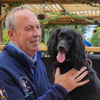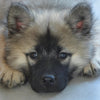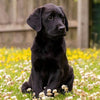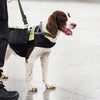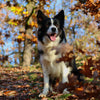How Dogs Use Their Incredible Noses to Detect Everything from Illness to Explosives and More
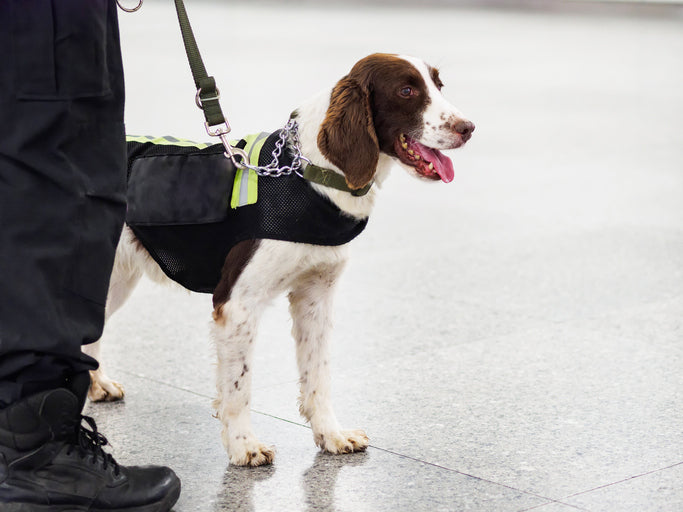
A Nose That Knows
If you’ve ever watched your dog stop in their tracks to investigate a single blade of grass, you’ve probably realised their sense of smell is a bit special. But just how powerful are dogs’ noses? The answer is: almost unbelievably so. From detecting illnesses and drugs to finding missing people and lost keys, our four-legged friends have one of the most extraordinary biological tools on the planet — their noses.

How Dog Smell Differs from Ours
To understand why dogs are so good at scent detection, we need to look inside the nose — literally!
- Humans have about 5–6 million scent receptors in our noses.
- Dogs have up to 300 million — that’s around 50 times more.
- The part of a dog’s brain devoted to analysing smells is around 40 times larger (proportionally) than a human’s.
Dogs can detect odour concentrations as low as one part per trillion — that’s like finding a single drop of perfume in 20 Olympic-sized swimming pools!
While humans sniff and then exhale, dogs can inhale and exhale at the same time through different parts of their nostrils. This constant airflow means scent molecules stay in the nose longer, allowing dogs to “layer” smells and separate them like notes in a song — something we simply can’t do.
(Image credit: Trevor Martin)

Trained to Detect: Illness, Drugs, Explosives, and More
Because of their astonishing olfactory ability, dogs have been trained to detect an incredible range of scents.
- Illness detection: Dogs can identify certain cancers, detect changes in blood sugar levels in diabetics, and even warn of epileptic seizures or COVID-19 infections — sometimes before symptoms appear.
- Drug and explosive detection: Specially trained “sniffer dogs” work with police and security services to identify narcotics, firearms, and explosives, often in crowded places like airports or concerts.
- Search and rescue: Dogs can pick up the scent of a person from miles away, even through water or snow, making them invaluable in disaster zones and missing person searches.
This is a detailed diagram showing the canine internal nasal passages

The Science of Scent Training
Training a detection dog starts with play. Puppies are first introduced to “scent imprinting” — learning that a particular smell (like a specific drug or explosive compound) leads to a reward.
Here’s how it works:
- Introduce the target scent – the dog sniffs an item with the scent.
- Mark and reward – the trainer immediately rewards the dog when it shows interest in that scent (often with a toy or treat).
- Search training – the dog learns to locate that scent hidden among other distractions.
- Alert training – the dog learns a specific way to “mark” the scent, like sitting, staring, or pawing.
Positive reinforcement is key — it’s all a game to the dog, and their enthusiasm is what makes them so effective.

When Did Sniffer Dogs Start Working for Us?
The use of dogs in scent detection isn’t new. Police forces first began formally using them in the 1940s, primarily to help locate explosives and track suspects. During the 1960s and 70s, dogs became standard in customs and border control work, detecting illegal drugs and firearms.
Today, they work in airports, train stations, disaster zones, hospitals, and even classrooms — anywhere their noses can make a difference.
Which Breeds Make the Best Detection Dogs?
While almost any dog can learn scent games, certain breeds excel in professional scent detection:
- Labrador Retrievers - friendly, perfect for public search work, food-motivated, and tireless sniffers.
- German Shepherds – intelligent, strong, and highly trainable, often used for police and military work.
- Spaniels (like Cocker or Springer) – energetic and agile, brilliant for searching in tight spaces.
- Belgian Malinois – sharp, focused, and quick, a favourite for security roles.
These breeds tend to have excellent noses, high energy, and a strong desire to please — the perfect combination for scent work.
Turning Everyday Dogs into Little Detectives
Your dog might not be sniffing for explosives anytime soon, but scent games are a fantastic way to engage their natural instincts and keep their brain busy. Try these at home:
- Hide and seek: Hide treats or toys around the house and encourage your dog to find them.
- Scent trail: Drag a treat along the floor and hide it at the end of the trail.
- Find the keys: Rub your keys with a treat, hide them, and encourage your dog to “find!”
- Scent boxes: Place treats in one of several boxes and let your dog sniff out the right one.
Not only do these games satisfy your dog’s nose, but they also build confidence, focus, and trust.

In the End: Trust the Nose
Whether it’s detecting illness, saving lives, or simply finding that missing sock, dogs’ noses are nothing short of miraculous. It’s one of nature’s most powerful tools — and it belongs to our best friend.
So next time your dog stops to sniff the air, remember they’re taking in an entire world of information we’ll never even notice.
Inspired by our canine detection friends:
Olly, Spider, Ziggy, Ted, Finch, Hawk, their colleagues and professional handlers 
-
Posted in
Competition dogs, Dog Agility, Dog Agility Fitness, Dog Anxiety, Dog body language, Dog Fireworks, Dog hair loss, Dog training, Dogs and mental health, Green Lipped Mussel for Dogs, SLO in Dogs, Sore Paws, Taurine for Dogs, The best dog joint supplement, The No1 dog joint care supplement, The Strongest Green Lipped Mussel Supplement, Veterinarian, Working Dogs, Working dogs game season






